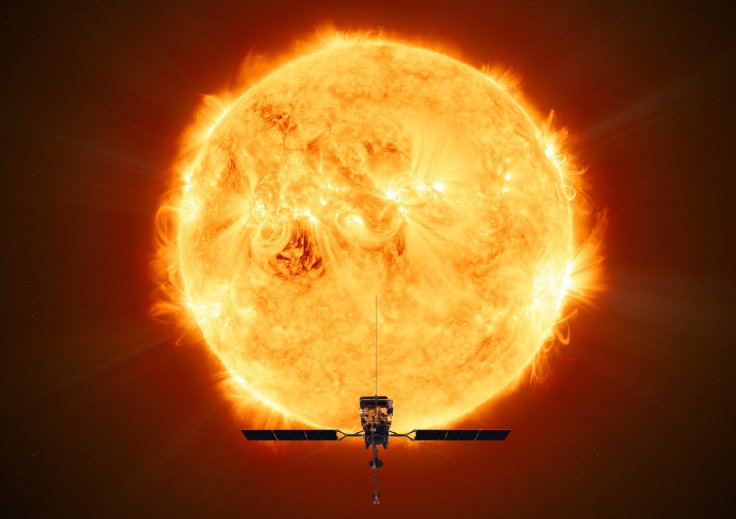The Solar Orbiter, which was launched by NASA and the European Space Agency (ESA) to study the Sun, will cross paths with the fragmenting comet known as ATLAS. According to researchers, the spacecraft could be used to study the comet as it flies through its tail.
The comet, officially known as C/2019, was discovered last year using the Asteroid Terrestrial-impact Last Alert System (ATLAS) in Hawaii. Observations in April revealed that the comet has started breaking apart into multiple pieces.

Watching Comet ATLAS Break Apart
Before the comet's fragmentation, scientists were looking forward to its Earth flyby on Saturday (May 23). During this time, the comet will approach Earth from a distance of 73 million miles away. However, since the comet has already started to break apart, it might not be visible enough to be studied from Earth. According to the images captured by the Hubble Space Telescope, the comet had already fragmented into over 20 massive pieces.
Intercepting Comet ATLAS
Although the comet's fragmentation affected the scientists' chances of observing it from Earth, a team of researchers discovered another way to study ATLAS. According to the researchers, the passing comet can be studied up-close through the Solar Orbiter.
The Solar Orbiter is a spacecraft launched by NASA and the ESA on Feb. 10 to study the Sun. After analyzing its trajectory, the researchers learned that it would cross paths with comet ATLAS. As noted by the researchers, the spacecraft is expected to pass through the tail of the comet sometime in late May or early June.

Studying the Comet's Composition
Although Solar Orbiter was meant to study the Sun, the researchers noted that its onboard instruments could also be used to analyze the material composition of the comet. The researchers explained that the spacecraft's close-approach on ATLAS would provide a rare opportunity to collect valuable information regarding the dust particles in the comet's tail.
"If Solar Orbiter instruments detect material from Comet ATLAS, it will be the first predicted serendipitous comet tail crossing by an active spacecraft carrying appropriate instrumentation for the detection of cometary material," the researchers wrote in their study, which was published in the journal Research Notes of the American Astronomical Society.









